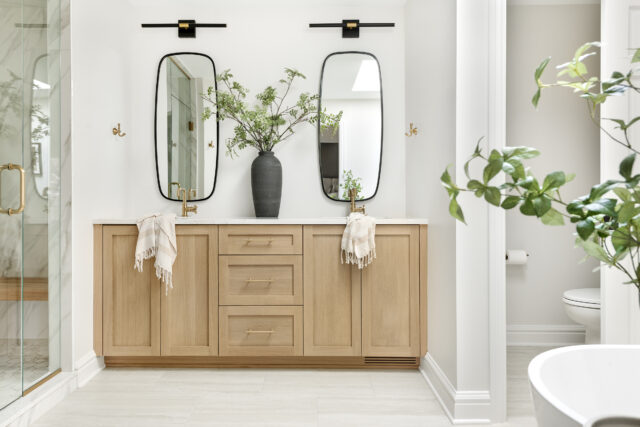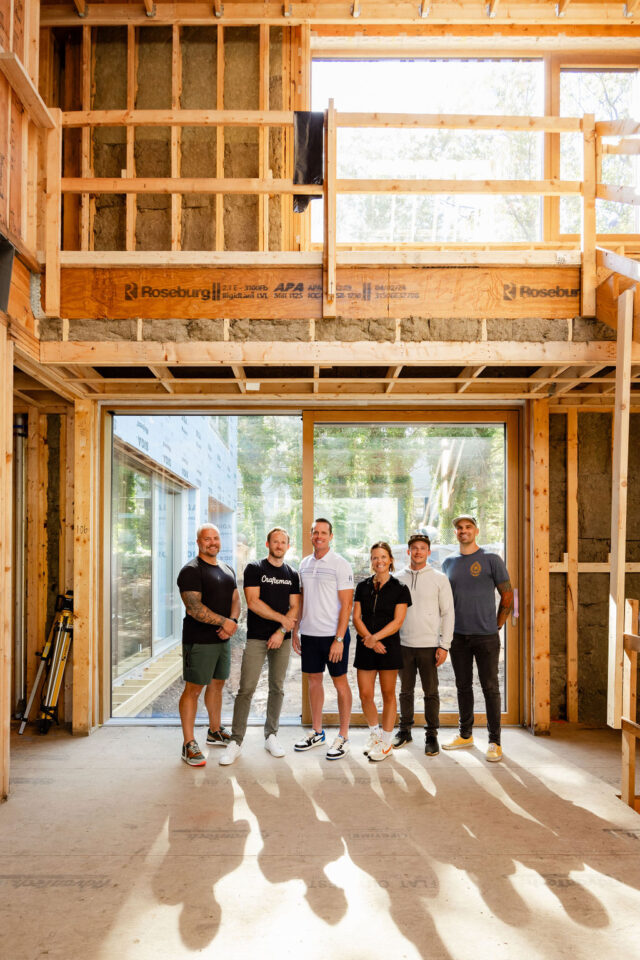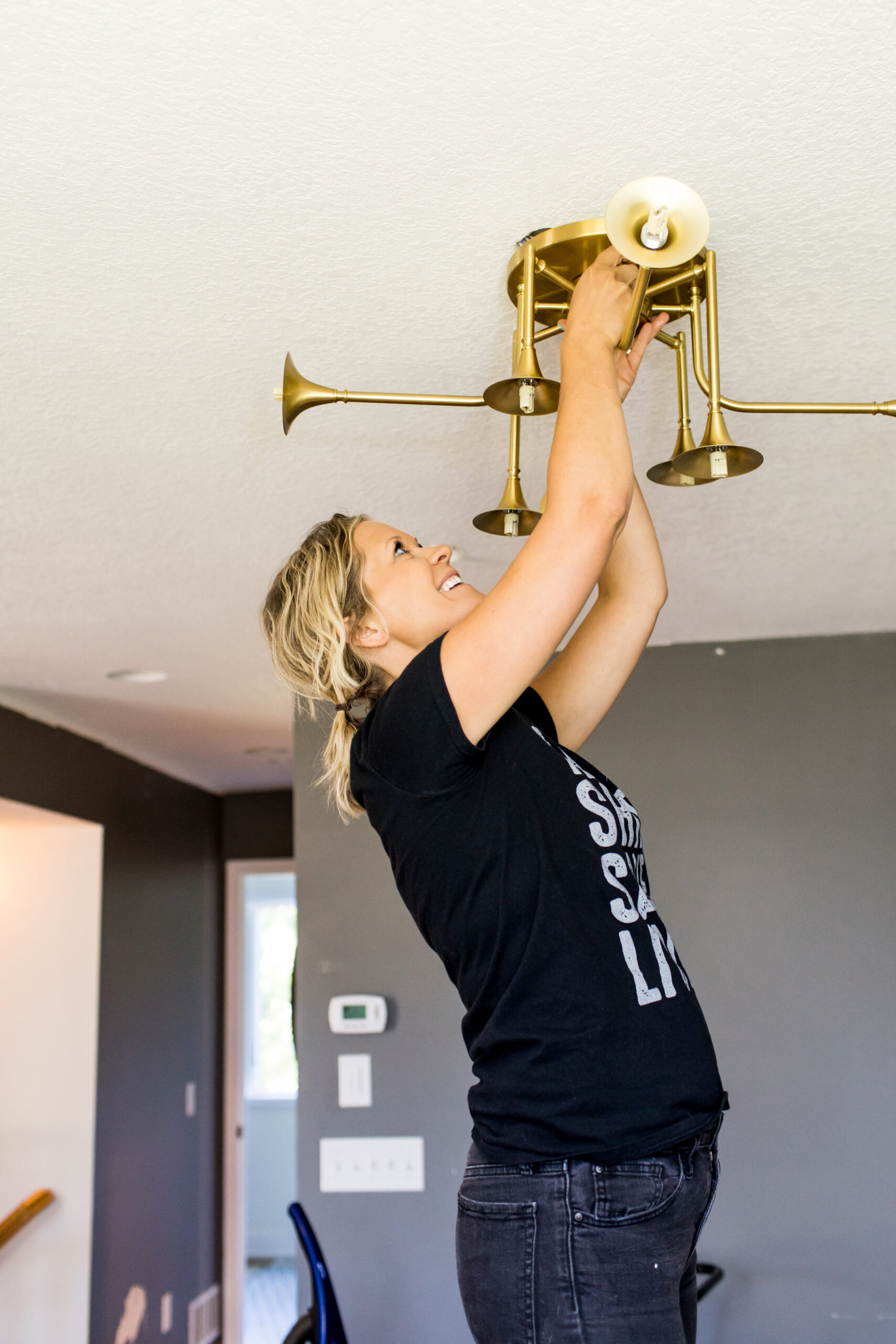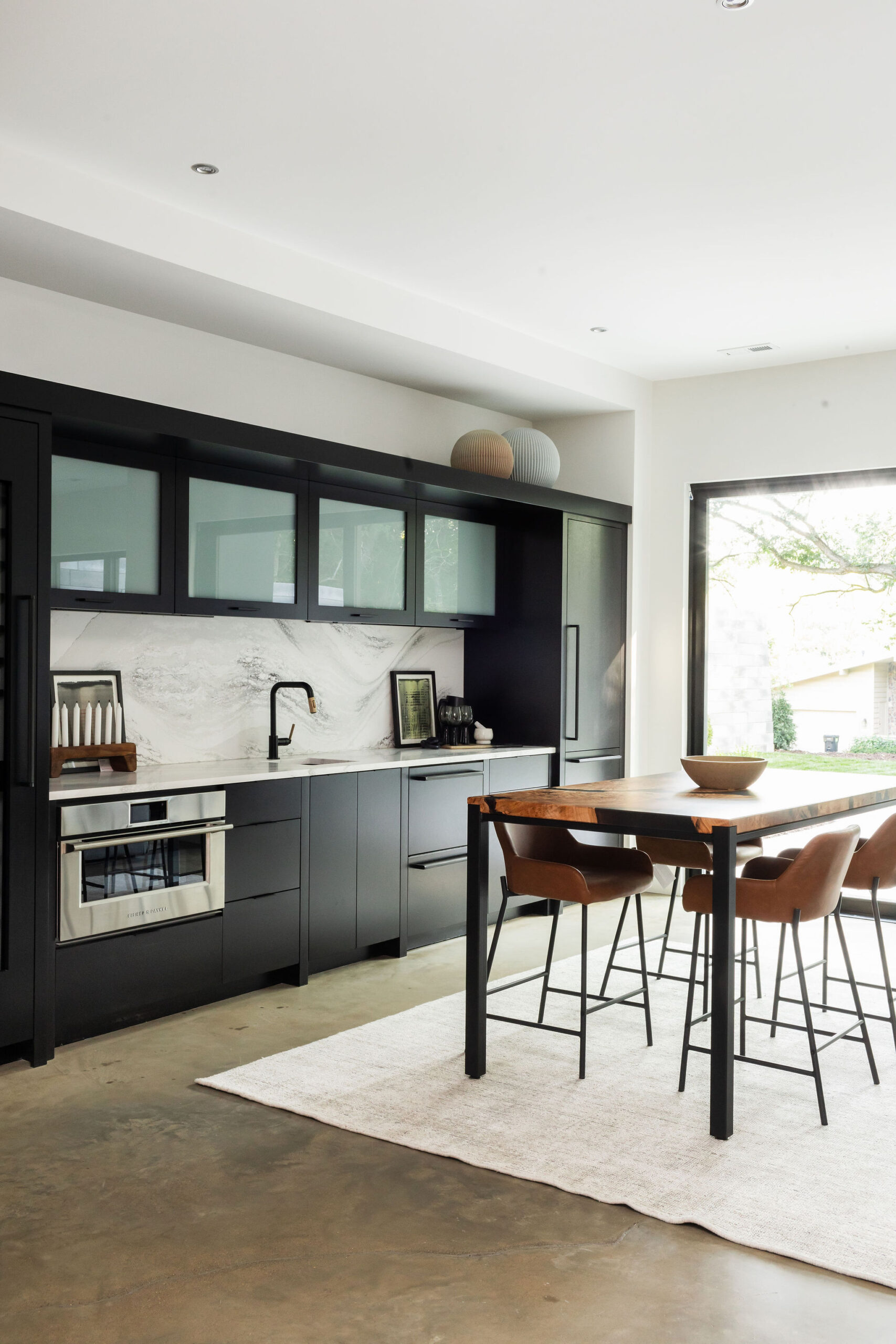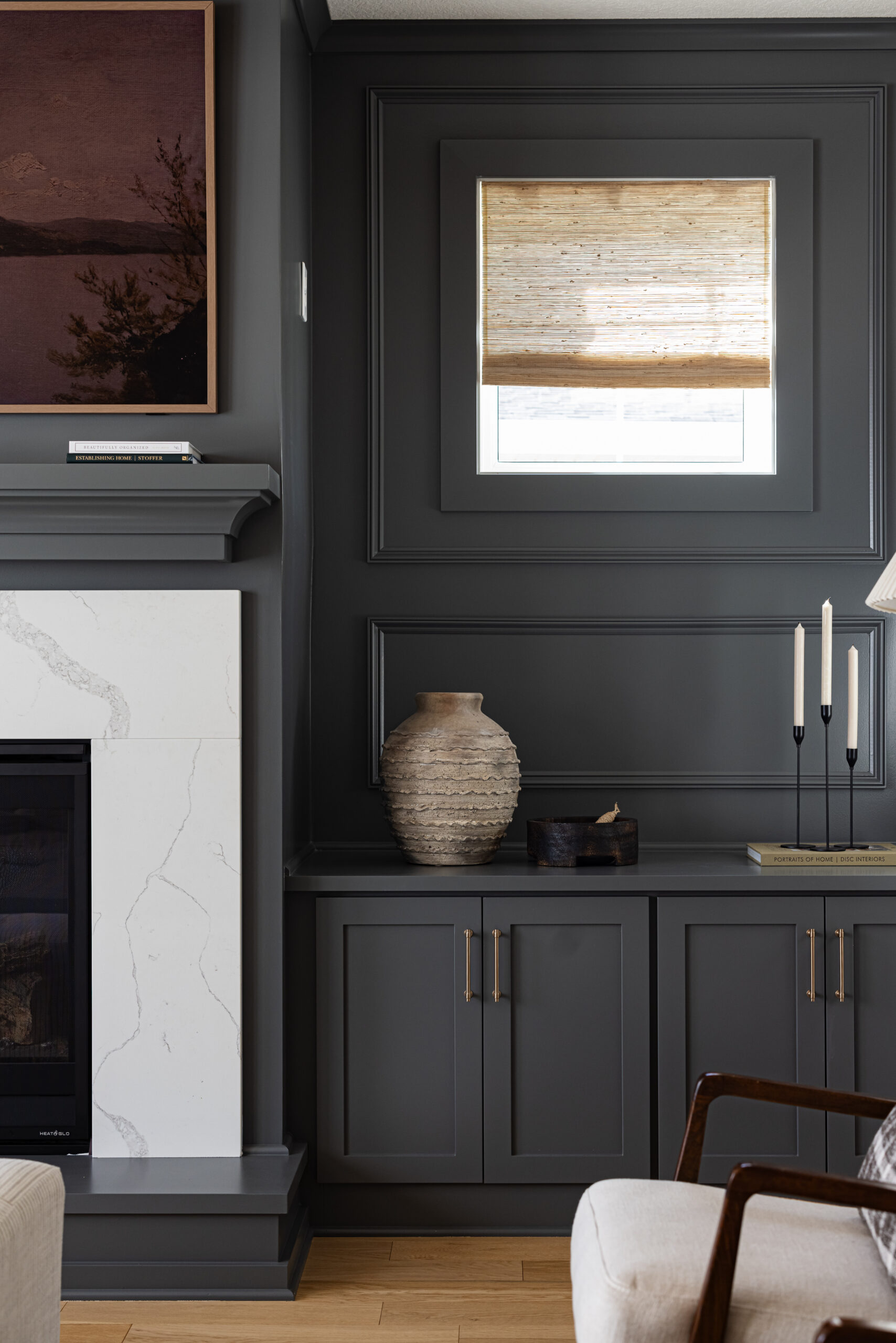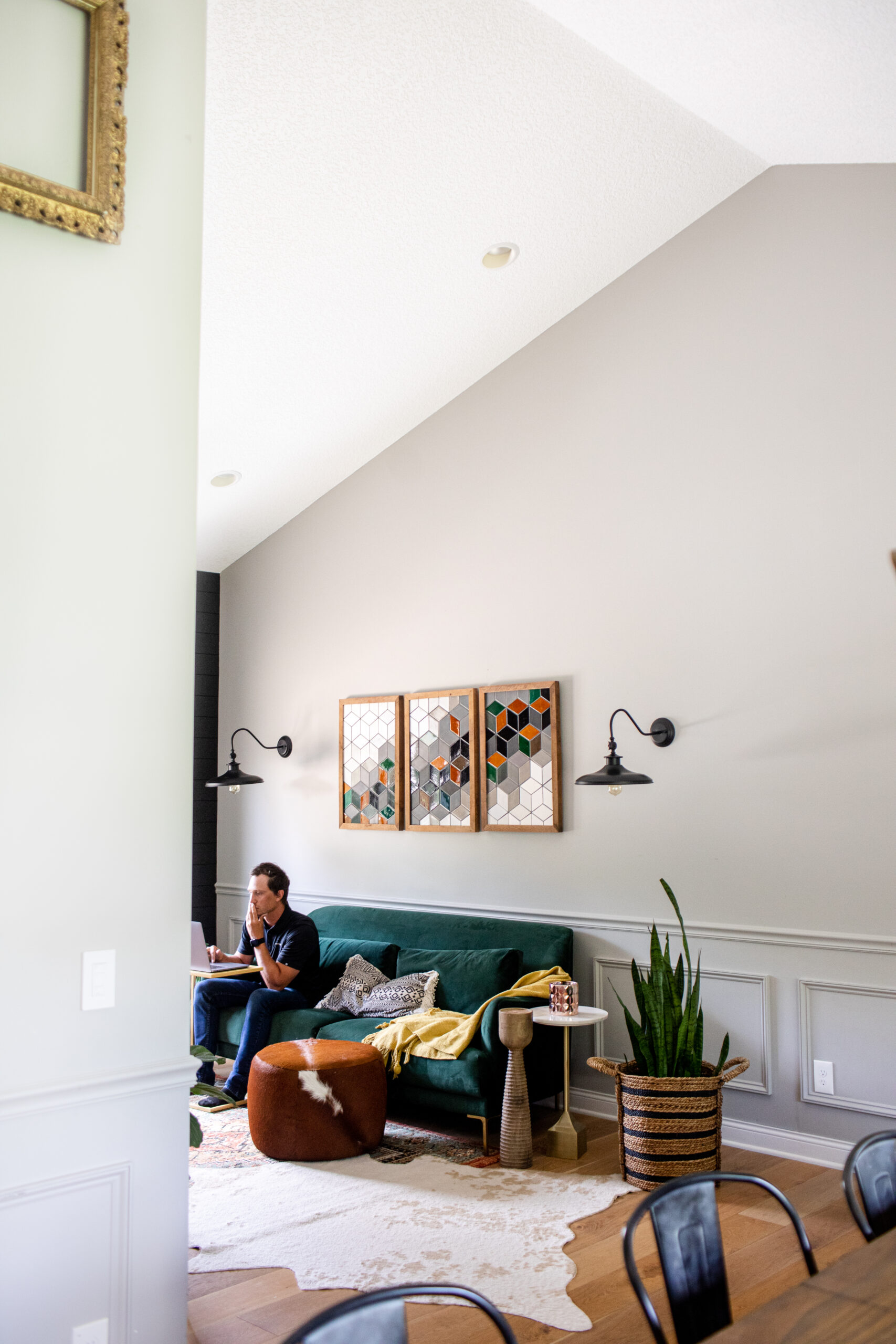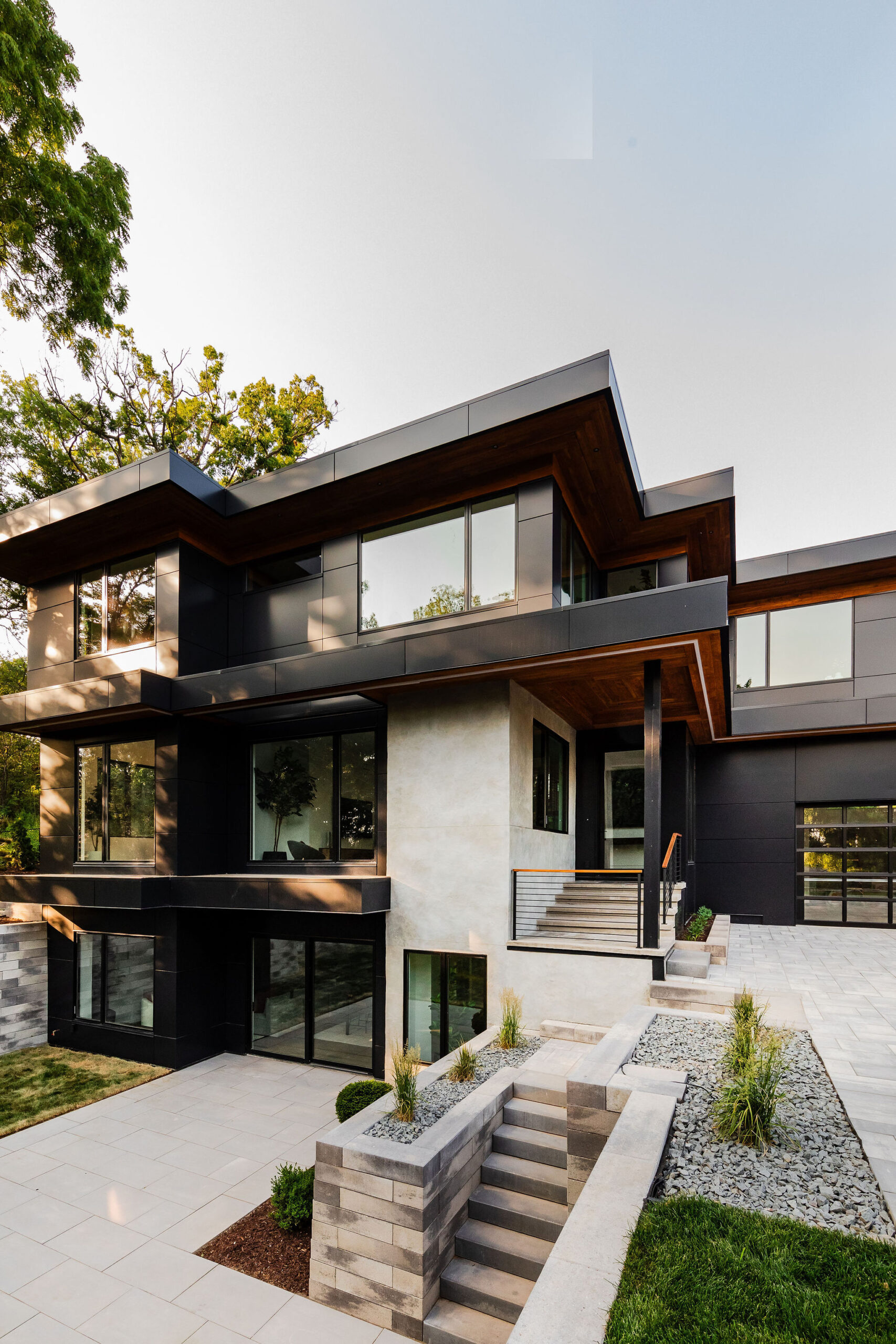
Contractor markup myths, real costs, and what to look for in your bid – before you’re knee-deep in change orders. That is what this blog post is all about.
When you’re staring at a contractor’s bid and see a 20 – 30% markup, it’s natural to wonder: “Is this standard?” “Where is that money really going?” “Can I negotiate it down?” “I think I’ll get other bids …”
Let’s break down what that contractor markup typically covers, how it varies, and most importantly – what you should be looking for in your contractor bids to avoid surprises later, and ensure you’re hiring the best contractor for your project.
What Is a Contractor Markup?
A markup is a percentage added to the base cost of labor, materials, and subcontractors. It helps cover:
- The contractor’s overhead
- Their profit margin
- Their risk
- All the behind-the-scenes costs of running your job
So you’re probably thinking, ok, I get it. But also wondering, “How much is normal?” And the short answer is – there’s no one-size-fits-all, and that’s where things get confusing. But we’ll do our best to break it down.
What percentage do most Contractors charge?
- Residential Projects: 15–40%
- Commercial Projects: 10–20%
- With that being said … Smaller Jobs: You could see higher markups (40–50%) because there’s still a lot (if not even more) time, liability, and coordination involved.
What affects markup?
- Size of the project (smaller jobs = higher %)
- Location (states with higher insurance/taxes may push it up)
- Complexity (custom work, tight timelines, historic homes = more $$$)
- Level of transparency (some hide it in the bid, others lay it out plainly)
What Does a Contractor Markup Cover?
1. Project Management & Supervision
From managing schedules and subcontractors to handling change orders, walkthroughs, and quality control — your GC is doing way more than picking up a tool. They’re running the job from start to finish and making sure no detail is missed. This includes:
- Daily site visits
- Managing subs and trades
- Scheduling inspections
- Solving issues before they become disasters
2. Administrative & Office Operations
Even if your contractor isn’t working out of a fancy office, there are still real business costs behind the scenes:
- Estimating and bid preparation (which can take hours)
- Bookkeeping, invoicing, and payroll
- Project software like Buildertrend or CoConstruct
- Phones, emails, scheduling, coordination — aka all the stuff you don’t see
3. Insurance, Licensing, and Legal Protection
Contractors pay thousands a year in insurance to protect YOU and themselves. This includes:
- General liability insurance
- Workers’ comp
- Builder’s risk insurance
- Proper licenses and permits
Without these, your project could be on the hook legally. That 30% helps cover these protections.
4. Tools, Equipment, and Vehicles
This includes:
- Jobsite equipment (ladders, saws, compressors — the big stuff)
- Maintenance, repairs, and fuel
- Truck payments and trailers
- Replacing tools that get worn out every single job
Every project takes a toll on tools and vehicles, and good contractors invest in quality gear to do the job right.
5. In-House Labor & Support Staff
If your contractor has a team, that markup is paying their wages, too — from site supervisors to laborers who clean up and handle punch lists. Skilled labor matters, and having reliable people on-site helps the job move smoothly.
6. Risk Management & Warranty Work
Stuff goes wrong. It just does — it’s part of construction.
Your contractor is carrying the weight of:
- Surprises (like mold behind a wall or a cracked foundation)
- Callbacks after the job wraps
- Delays and supplier issues
- Liability and responsibility if anything fails
Without proper markup, your contractor is likely cutting corners — or worse, walking away from the job if something breaks down.
7. Profit (AKA the Business’s Lifeline)
Profit is what’s left after all expenses are paid. It’s not salary — it’s what keeps the business afloat, allows for reinvestment, and supports growth. Most solid contractors aim for 10–15% net profit after everything shakes out. If your builder isn’t profitable, they won’t be around for long — and that doesn’t help anyone.
Hidden vs. Transparent Markups
Some contractors will list their markup separately on your bid. Others will bake it into each line item — like materials or subs — and you’d never know unless you asked.
Neither approach is wrong — but transparency matters when you’re trying to compare bids. If one bid is lower, it might just be because:
- Design fees aren’t included
- There’s no site supervision cost listed
- They left out project management time (hint: that’s not free)
- Or… it’s just not all there yet and the change orders are coming
What to Look for in a Bid (It’s Not Just the Markup)
When you’re reviewing a contractor bid, don’t just fixate on the markup percentage. A 10% markup might sound like a deal — until you realize they’ve built hidden markups into every single line item. What really matters is understanding what’s included and comparing apples to apples. Two bids might look similar at first glance, but one may leave out key elements that will later show up as change orders. Here’s what to keep in mind when reviewing your bids.
Materials & Labor – This should be clearly broken out — including quantity, quality level, and scope. If materials feel vague (like “tile” or “fixtures”), ask for specifics or pricing ranges. You want to know if that “tile” is basic ceramic or marble mosaic.
Subcontractors – Who’s doing the actual work? Are the subs licensed and insured? And are they accounted for in the bid — or are they going to be billed separately later? The labor portion of your job is a huge cost, so make sure it’s visible and accounted for.
Project Management – A big one that’s often missing. Who’s managing the trades, inspections, timelines, and vendors? That coordination doesn’t magically happen — and it definitely shouldn’t be free. If this isn’t listed, the contractor might be planning to tack it on later or skip it entirely (yikes).
Permits and Inspections – Every city and project type has its own rules. Some contractors include these fees, others leave them out — and some just expect you to handle it. Make sure this is addressed in writing, and don’t assume it’s covered unless it’s spelled out.
Cleanup & Disposal – Who’s hauling away demo debris or cleaning up after drywall dust? If it’s not in the bid, you might end up hiring someone else to deal with it. Ask if dumpster rentals, hauling fees, and post-job clean-up are included.
Design Fees – If your bid doesn’t mention design services — like drawings, layouts, or selections — ask. Some contractors work closely with designers and bill that work separately, while others include it within their markup. Either way, don’t assume it’s free. Know if you’re expected to source your own plans or pay extra for revisions.
Allowance Clarity – Be cautious with vague allowances. A $5,000 line item for a bathroom sounds great until you realize that doesn’t cover the custom vanity, freestanding tub, and brushed brass fixtures you’ve pinned on Pinterest. Get realistic numbers based on your taste and preferences, or you’ll be hit with overages fast.
Markup Disclosure – It’s totally fair to ask your contractor what their markup is — and whether it’s listed in the total or worked into each line item. A transparent contractor will walk you through it without hesitation. If they get cagey, vague, or defensive, that’s your cue to dig deeper — or walk away.
So What Is a Fair Markup?
What is a Good Profit Margin for a Contractor? Honestly? A fair markup is one that allows your contractor to:
- Be profitable, stay in business.
- Deliver a high-quality job within client satisfaction.
- Cover risk and liability.
- Still be in business 2 years from now to back up their warranty.
If you want a legit business with systems, licensed trades, communication, and organization — expect 25–35% markup on most residential jobs. Anything lower – WATCH OUT – because it usually means:
- They’re underbidding, and unexperienced.
- They’ll upsell you later with a whole lot of change orders.
- Or they won’t be profitable (and that never ends well), and they won’t be around to fix any needed repairs post project, or maybe even to finish your job.
You’re Not Just Paying for Labor — You’re Paying for Peace of Mind. That 30% markup isn’t fluff. It’s protection. It’s planning. It’s experience. And most importantly, it’s how a contractor runs a real, sustainable, high-quality business.
So when you see it? Take a breath. Ask questions if you need to — but know it’s there for a reason. Because cutting costs on the front end usually ends up costing way more on the back end. Markup isn’t a scam — it’s a real cost of doing business. What matters most is:
- Transparency
- Clarity on scope
- And a contractor you trust to not nickel-and-dime you later
Because the truth is: you’re not just paying for materials and labor. You’re paying for peace of mind, systems, timelines, craftsmanship, and someone who’s got your back if things go sideways.
